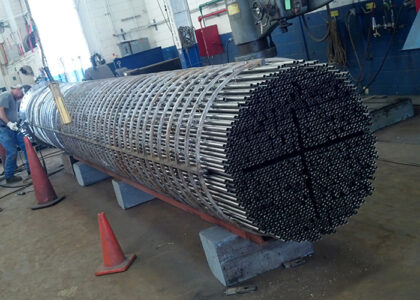The compartment sinks market caters to a niche but essential requirement in various commercial kitchens and food preparation areas. Let’s explore the key drivers, emerging trends, and opportunities that manufacturers can leverage for growth in this specialized market.
Market Drivers:
- Hygiene and Sanitation: Compartment sinks with separate basins for washing, rinsing, and sanitizing promote efficient cleaning routines and prevent cross-contamination of food items. This is crucial for restaurants, food processing facilities, and healthcare institutions adhering to strict hygiene regulations.
- Improved Workflow and Efficiency: Multiple compartments allow for dedicated tasks like soaking, prepping, and washing to occur simultaneously, optimizing workflow and increasing kitchen productivity.
- Space Optimization: Compartment sinks maximize workspace utilization within commercial kitchens, which are often limited in size.
- Durability and Material Advancements: The demanding environment of commercial kitchens necessitates robust and easy-to-clean sink materials like stainless steel with improved resistance to corrosion and wear.
Get Exclusive Sample Copy of the Report: https://www.futuremarketinsights.com/reports/sample/rep-gb-17232
Emerging Trends:
- Water Efficiency: Focus on eco-friendly solutions is leading to the development of compartment sinks with features like sprayers, low-flow faucets, and automatic shut-off mechanisms to minimize water consumption.
- Integration with Workstations: Seamless integration of compartment sinks with stainless steel countertops and prep areas is gaining popularity, creating a more streamlined and hygienic workspace.
- Antimicrobial Surfaces: The use of antimicrobial materials in sink surfaces can further enhance hygiene by inhibiting the growth of bacteria.
- Smart Sink Technology: Incorporating features like sensor-activated faucets and automated cleaning systems could be a future trend for high-end commercial kitchens.
Opportunities for Manufacturers:
- Specialization and Customization:
- Offer compartment sinks in various sizes and configurations to cater to different kitchen layouts and workflows.
- Consider customization options like the number and depth of compartments, faucet placements, and integrated accessories like draining boards or pot racks.
- Focus on Sustainability:
- Develop water-efficient compartment sinks and promote their environmental benefits to eco-conscious customers.
- Utilize recycled materials in manufacturing processes whenever possible to minimize environmental impact.
- Highlight Durability and Ease of Maintenance:
- Emphasize the long-lasting nature of stainless steel construction and the ease of cleaning these sinks for busy commercial kitchens.
- Educational Marketing:
- Educate potential customers about the benefits of compartment sinks for improved hygiene, workflow efficiency, and space optimization in commercial kitchens.
- Partnerships and Collaborations:
- Partner with restaurant equipment suppliers and kitchen design firms to broaden market reach and gain valuable industry insights.
- Collaborate with material science experts to explore innovative and sustainable materials for compartment sink construction.
Read more info: https://www.futuremarketinsights.com/reports/compartment-sinks-market

